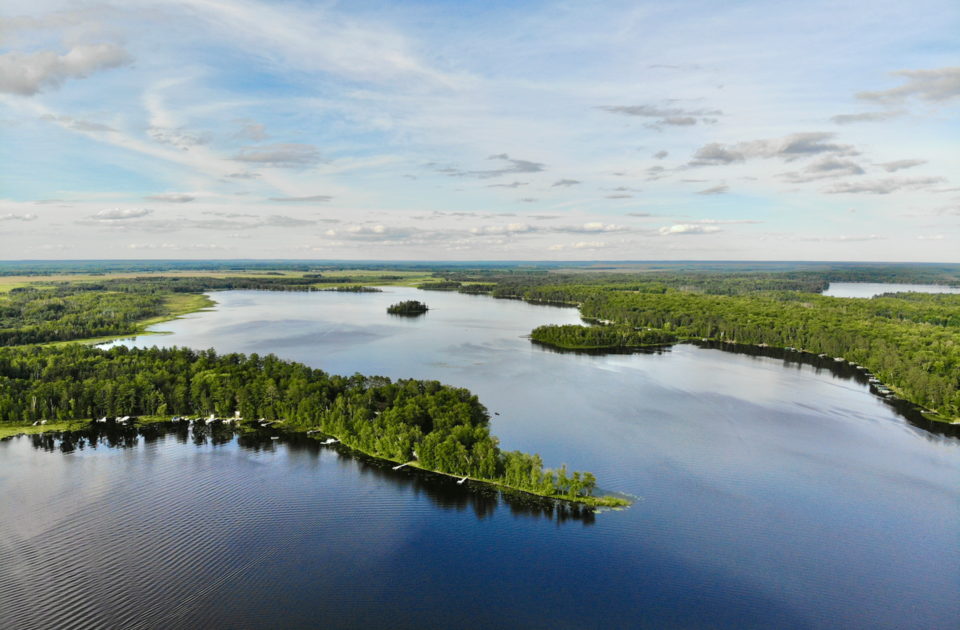
Star gazing & dark skies
The nighttime environment is a precious natural resource and the glow of uncontrolled outdoor lighting can hide stars and impact your ability to see and experience dark skies. The Milky Way can no longer be seen from Saint Rémy, France, where Van Gogh painted Starry Night in 1889, due to light polution.
Protect our night sky by:
- Installing lighting only when and where it’s needed.
- Ensuring all outdoor lighting is shielded so light shines down, not up or outward/horizontal.
- Use energy saving features like timers, dimmers and motion sensors on outdoor lights.
- Educate friends and neighbors. Often folks with bad outdoor lighting don’t realize it’s a problem.
Learn more here.
When to see the Northern Lights
The northern lights appear most frequently in the late fall and winter. This NOAA website predicts the aurora’s visibility tonight and tomorrow night along with what the aurora’s been up to over the last 24 hours. With several northern lights sightings from Gun Lake this winter, you may want to bookmark this sight so you can catch a glimps of the aurora’s colorful green, red, and purple light shifting and changing shape like softly blowing curtains on the northern horizon.
Best viewing tips:
Darkness is key: away from lights; a full moon will diminish the apparent brightness. Make note of the tips above to ensure your skies are dark.
Timing: The aurora is best viewed within an hour or two of midnight (between 10 PM and 2 AM local time)
Star Party
Join the Long Lake Conservation Center (LLCC) at their next star gazing party.
At the heart of Aitkin County, south of Palisade, the LLCC is a county park and nature education facility focused on learning, discovery and connecting to nature by encouraging the exploration, conservation, education, and appreciation of nature.
Feathered friends
In addition to loons, our region is also host to the Sharptail Grouse, all breeds of ducks, swans, and geese, and many small birds including the Yellow Tail, the Pine Grosbeak, and the Bohemian Waxwing. You’ll also see and hear the great Gray Owl, the Hawk Owl and the beautiful Bald Eagle.
Aitkin County has nearly one million acres of public forest land available for birding. Rice Lake National Wildlife Refuge and Savanna Portage State Park are two great spots for bird watching.
The McGregor Marsh provides habitat for many bird species including the yellow tail and the Nelson’s sharp-tailed sparrow, two highly sought-after species for Minnesota bird watchers.
For more birding information and community, visit:
Biking & hiking trails
Cuyuna Trail provides eight miles of paved trail within the Cuyuna Country State Recreation Area from Crosby to Riverton. Stop to fish, explore the Croft Mine, or ride the new 25-mile single track mountain bike trail system.
Grand Rapids offers more than 9 biking & hiking trails covering 602 miles
Rice Lake National Wildlife Refuge has more than seven miles of hiking trails and an observation deck overlooking 3,600-acre Rice Lake, where more than 70,000 ring-necked ducks and other waterfowl can be seen during the fall migration. Rice Lake National Wildlife Refuge is located about 5 miles south of McGregor.
Savanna Portage State Park features 15,818 acres of rolling hills, lakes and bogs. The Continental Divide marks the great division of water: water to the west flows into the Mississippi River; water to the east runs into Lake Superior. Visitors can hike the Continental Divide Trail, view forested vistas and bike enthusiasts can pedal on roads, or on dirt trails designated for mountain bikes. Anglers commonly catch panfish, trout and bass in the four fishing lakes and a river within the park. And there’s 32 miles of trails for snowmobilers to explore.

